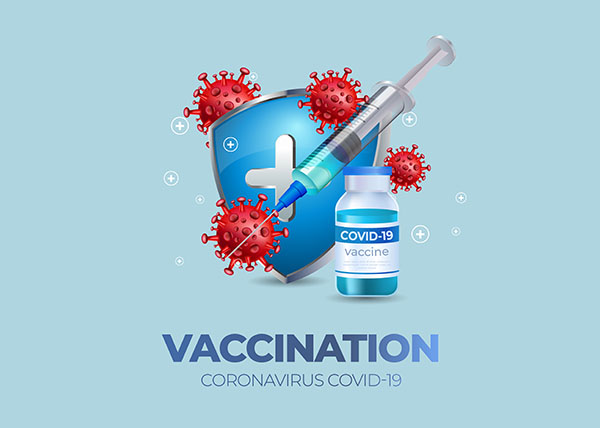Number of EXCESS DEATHS among young Americans in first 9 months of 2023 is 158K higher than the same period in 2019
01/09/2024 / By Laura Harris

The number of unexpected or excess deaths in the first nine months of 2023 is about 158,000 higher than the same period in 2019 and has even surpassed the combined losses from every conflict since the Vietnam War.
A report by the Society of Actuaries (SOA) disclosed this concerning find. The SOA’s report, which is used by insurance companies to inform their decisions, found that the excess deaths are disproportionately affecting young, working-age individuals.
Mortality rates among the insured group aged 25 to 34 saw a 19 percent increase in deaths, while the insured group aged 35 to 44 saw a 26 percent increase in deaths. Surprisingly, the mortality rate among insured individuals aged 65 and older were six percent below the pre-pandemic norm.
Moreover, life insurance companies reported that death claims surged by 15.4 percent to $90 billion in 2020 – the largest one-year leap since the 1918 Spanish flu pandemic. While claims slowed down in 2022, they still exceeded 2019 levels.
Given this data, actuaries and industry analysts predict that more younger people with life insurance will continue to die unexpectedly until 2030. This prediction goes against what is normally expected to happen for a healthy group of individuals with life insurance. As a result, insurance experts advocate for the adaptation of early-warning programs to detect potential health issues among those with life insurance policies. (Related: Life insurance companies sound DEATH ALERT warnings over nearly 100,000 excess deaths per month happening right now in the USA.)
COVID-19 vaccines have something to do with decline in life expectancy
Writing for the New American, Selwyn Duke mentioned the series of alarming posts from Dr. Robert Califf, commissioner of the Food and Drug Administration (FDA). Califf’s posts on X in December of last year said that while the government overlooks the major decline in life expectancy among young, working-age people, he believes it is a cause for concern.
“We are facing extraordinary headwinds in our public health with a major decline in life expectancy. The major decline in the U.S. is not just a trend. I’d describe it as catastrophic,” he wrote.
The FDA head also mentioned a recent report from JAMA International Medicine conducted this December revealed that the average life expectancy in the U.S. has fallen to 76 years, with male life expectancy dropping even lower to 73 years.
An X user replied to Califf’s post, linking the decline in life expectancy to the COVID-19 vaccine and citing a study to support her argument. The said study highlighted an increase in cancer rates among Britons that coincided with the rollout of the injections:
- Fatal breast cancer rates among women rose by 28 percent
- Pancreatic cancer deaths increased by 80 percent among women and 60 percent among men
- Colon cancer deaths increased by 55 percent among men and 41 percent among women
- Fatal melanomas saw a 120 percent increase among men and a 35 percent increase among women
- Brain cancer deaths increased by 35 percent among men and 12 percent among women
- Cancer deaths “without site specification” rose by 60 percent among men and 55 percent among women
The X user highlighted the fact that COVID-19 vaccines are contaminated with simian virus 40, which is highly linked to cancer. They also asked Califf if the FDA is going to recall the injections, given this contamination. “I further hope the FDA is looking into T-cell exhaustion following vaccination, which could explain why so many people are getting turbo cancer now,” the user concluded.
Visit VaccineDeaths.com for more similar stories.
Listen to the Health Ranger Mike Adams discuss life insurance companies sounding the alarm on excess deaths caused by the COVID-19 injection below.
This video is from the Health Ranger Report channel on Brighteon.com.
More related stories:
America has suffered 300,000 excess NON-COVID deaths since 2020 – lockdowns lead to death.
Excess deaths in Australia off the charts following covid “vaccines”” – highest in 80 years.
Excess deaths in Germany only started appearing after COVID “vaccines” were unleashed, study finds.
Following release of Pfizer’s latest “booster” covid shots, excess deaths in Japan are up 400%.
Excess deaths among children continue to soar across Europe following push of COVID jabs for kids.
Sources include:
Submit a correction >>
Tagged Under:
This article may contain statements that reflect the opinion of the author
RECENT NEWS & ARTICLES
BadMedicine.News is a fact-based public education website published by BadMedicine News Features, LLC.
All content copyright © 2019 by BadMedicine News Features, LLC.
Contact Us with Tips or Corrections
All trademarks, registered trademarks and servicemarks mentioned on this site are the property of their respective owners.




















